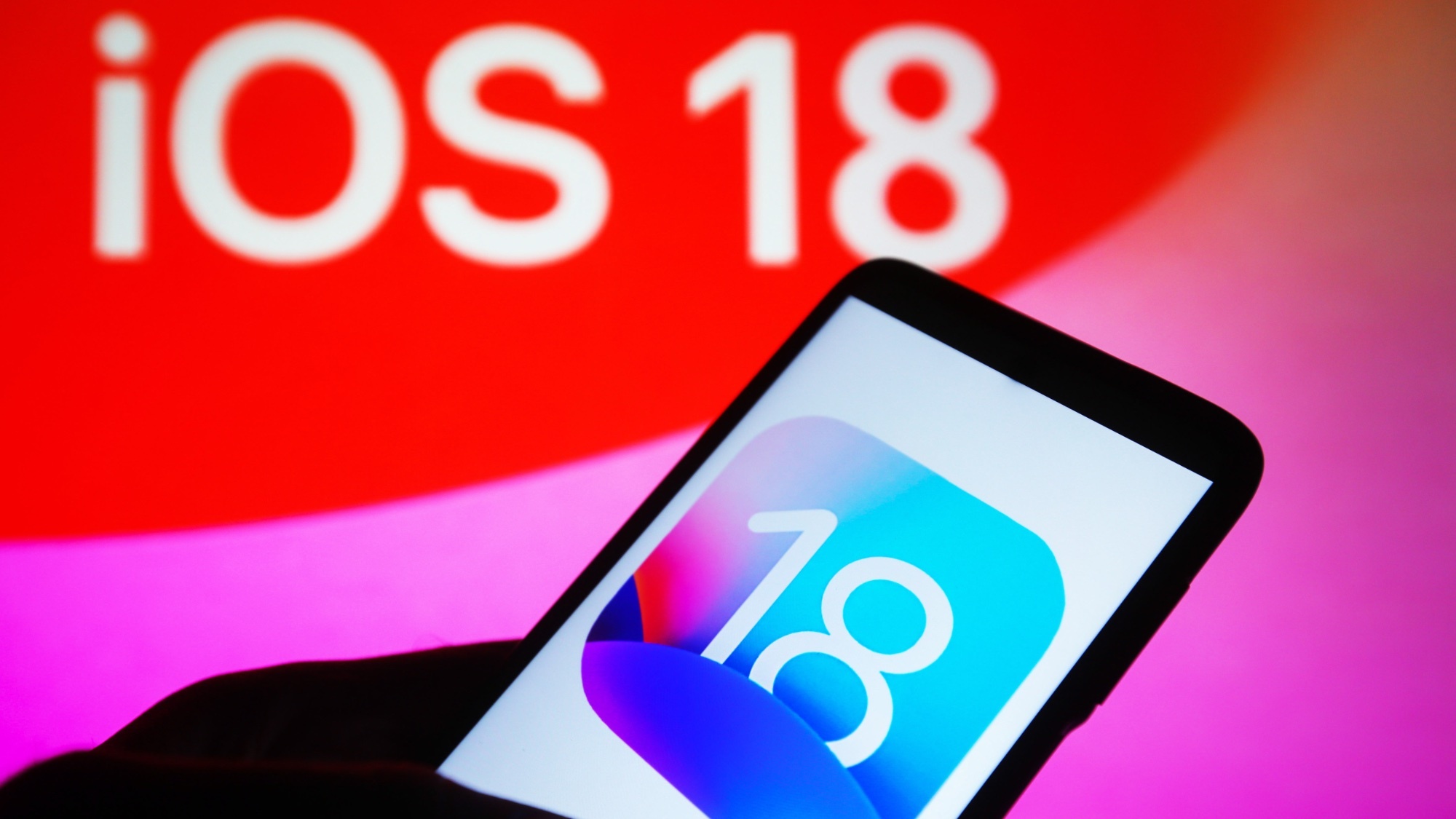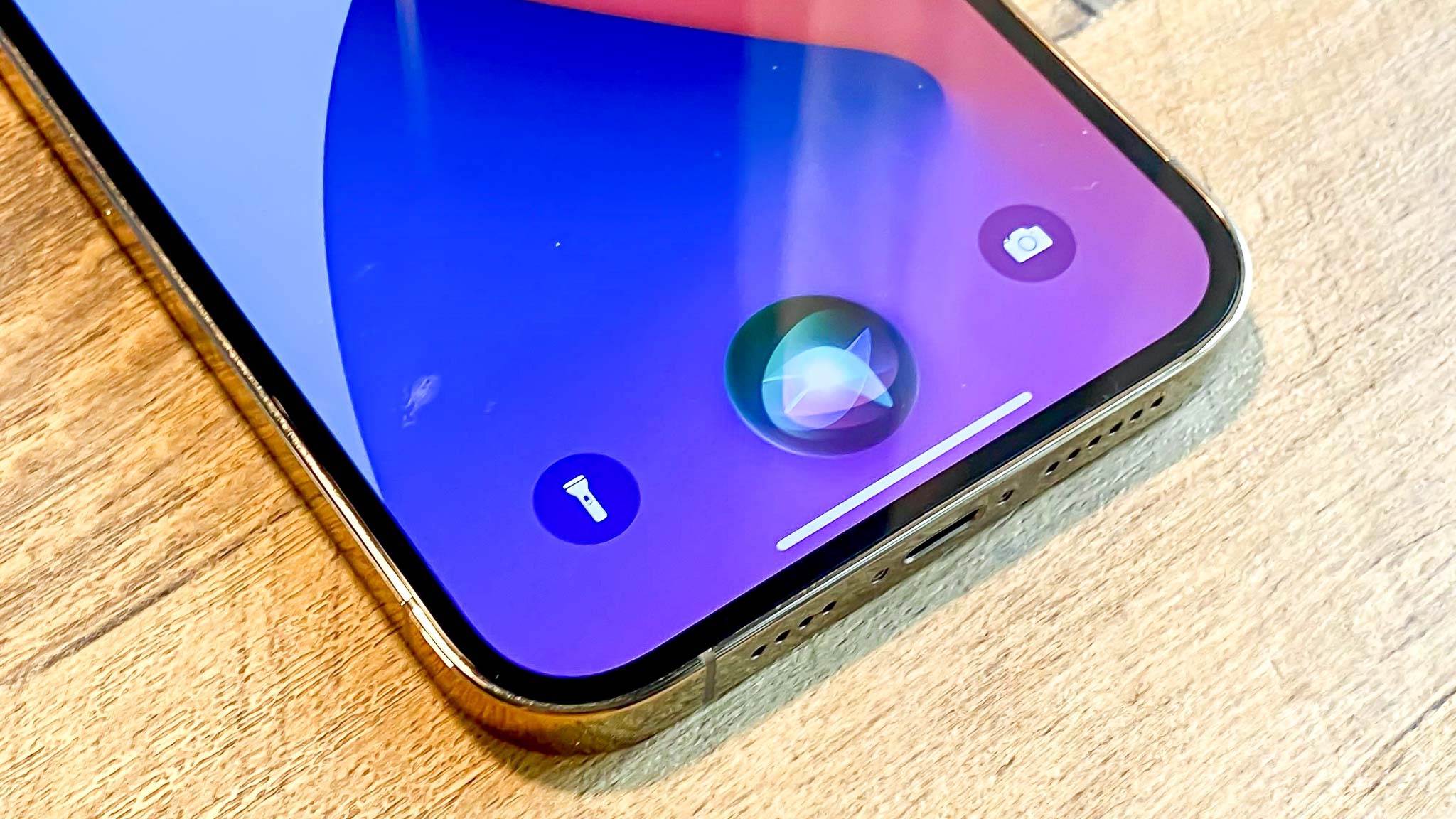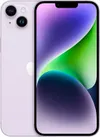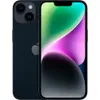iOS 18 likely to offer on-device AI — here's why that matters

We're not going to lay eyes on iOS 18 for another six weeks, assuming Apple previews this year's iPhone software update at WWDC 2024 on June 10. But Apple may have already made a particularly wise decision about the iOS upgrade, assuming reports about the company's AI plans are accurate.
As you're probably aware by now, AI figures to be a big focus for iOS 18, as Apple looks to introduce more features powered by artificial intelligence to its phones this year. And that gives the company a choice: Does it turn to the cloud for help in powering those features or does it make sure that everything runs locally, drawing on the neural engine of the iPhone's system-on chip?
Reports suggest Apple has already made its decision — it's going with on-device AI for iOS 18. If true, that says a lot about what Apple wants to achieve with this year's update.
Why on-device AI matters
"Apple’s AI tools may be a bit less powerful and knowledgeable in some cases (the company could fill in the gaps by teaming up with Google and other AI providers), but the approach will make response times far quicker. And it will be easier for Apple to maintain privacy."
— Mark Gurman, Bloomberg
Cloud-based AI would have likely meant more extensive features coming to the iPhone. But it would have been at the expense of two things Apple prizes for its iPhone experience — responsiveness and privacy. Or as Bloomberg's Mark Gurman puts it, with on-device AI, "Apple’s AI tools may be a bit less powerful and knowledgeable in some cases (the company could fill in the gaps by teaming up with Google and other AI providers), but the approach will make response times far quicker. And it will be easier for Apple to maintain privacy."
Turning to cloud servers increases the amount of processing power available for certain features. For example, Google Pixel 8 Pro owners can tap into the cloud to optimize the look of captured video via the Video Boost feature. But that kind of processing can take hours, compared to on-device translation, transcription and summaries, which a mobile processor can complete in a snap.
As for privacy, companies may put measures into place to secure any data sent to the cloud, but the fact of the matter is, once data leaves your phone, it's out of your control. That's something Apple has been sensitive to in other areas, so it stands to reason it would take that into consideration with AI.
There's one other potential downside to opting for on-device AI features, and that's whether every capability Apple introduces with iOS 18 will work on every phone that can run the new software. Rumors about iOS 18 compatibility suggest that devices dating back to 2018's iPhone XR will be able to run the new software update. But do iPhones released five or six years ago have the kind of processing muscle you'd find in one of the iPhone 15 models available now or on the iPhone 16 devices set to roll out at the same time as iOS 18?
Get instant access to breaking news, the hottest reviews, great deals and helpful tips.
Then again, it's not unusual for older phones to miss out on some features introduced in an iOS update. iOS 17 introduced on-screen effects to FaceTime that you can trigger with hand gestures, but you need at least an iPhone 12 to take advantage of the capability. We imagine there will be features with similar requirements in iOS, whether they're AI-powered or not.
What to expect from on-device AI features

So if Apple's decision to spurn cloud computing means iOS 18's AI capabilities may not be as robust, what kind of features will make their way to the iPhone? In his reporting, Gurman has said AI in iOS 18 won't take the form of chatbots — instead, it "plans to show how the technology can help people in their daily lives."
Apple has already revealed some AI models that provide further insight into what it has in mind. The thought is that most of these models will contribute to Siri 2.0, a more powerful version of Apple's digital assistant that will be capable of handling more complex queries.
- Ferret-UL is a multimodal large language model that can see your phone screen — it can recognize icon types, for example, or find specific text — and perform tasks based on what it sees.
- MM1 uses synthetic data including images and text to better train multimodal models.
- OpenELM includes several small language models that third-party developers and researchers can use to discuss model biases, risks and levels of trustworthiness.
What those mean for specific iOS 18 features is unclear, but besides the promised Siri revamp, iOS 18 rumors have pointed to capabilities like AI-generated playlists in Apple Music, slide creation in Keynote, suggested text for Pages documents and a Safari browsing assistant that could help summarize content on web pages.
iOS 18 AI outlook
Of course, actual specifics about AI-driven features probably won't surface until Apple's iOS 18 preview at WWDC in June. Still, reports of Apple's decision to favor on-device capabilities can help set expectations for what's coming. And right now, it sounds like the emphasis will be on responsive features that handle potentially mundane tasks with aplomb.
More from Tom's Guide
- iOS 18 apps: 7 biggest rumored upgrades
- Heres the AI-driven upgrade I want to see in iOS 18
- I write about AI for a living — 5 new features I want to see on the next iPad
Philip Michaels is a Managing Editor at Tom's Guide. He's been covering personal technology since 1999 and was in the building when Steve Jobs showed off the iPhone for the first time. He's been evaluating smartphones since that first iPhone debuted in 2007, and he's been following phone carriers and smartphone plans since 2015. He has strong opinions about Apple, the Oakland Athletics, old movies and proper butchery techniques. Follow him at @PhilipMichaels.











